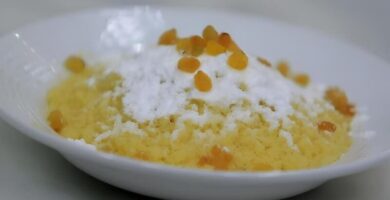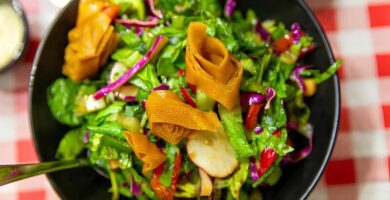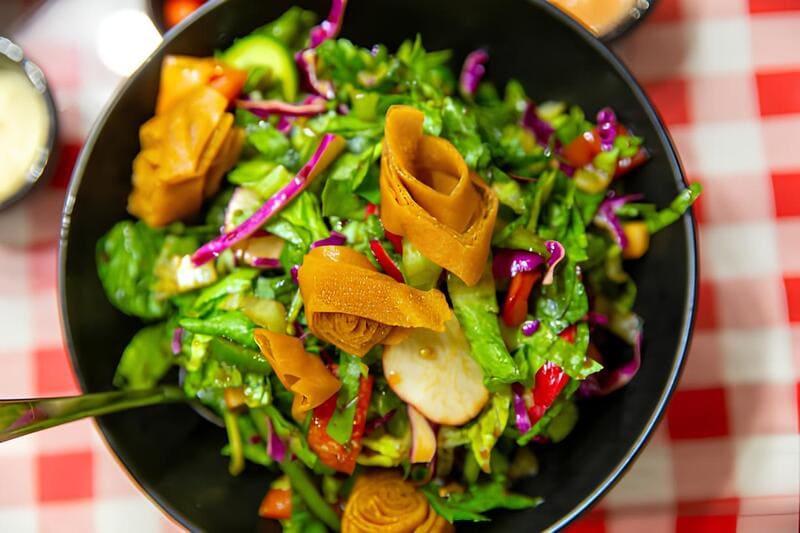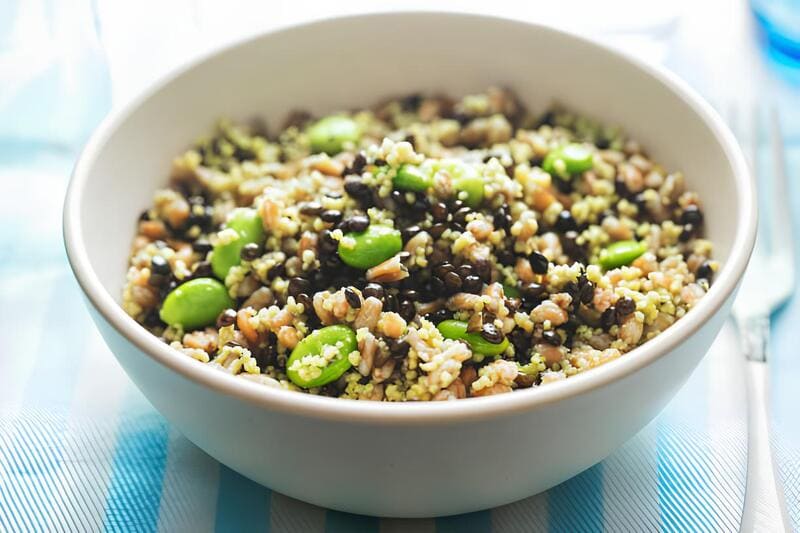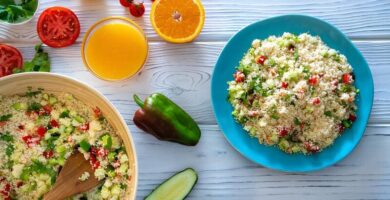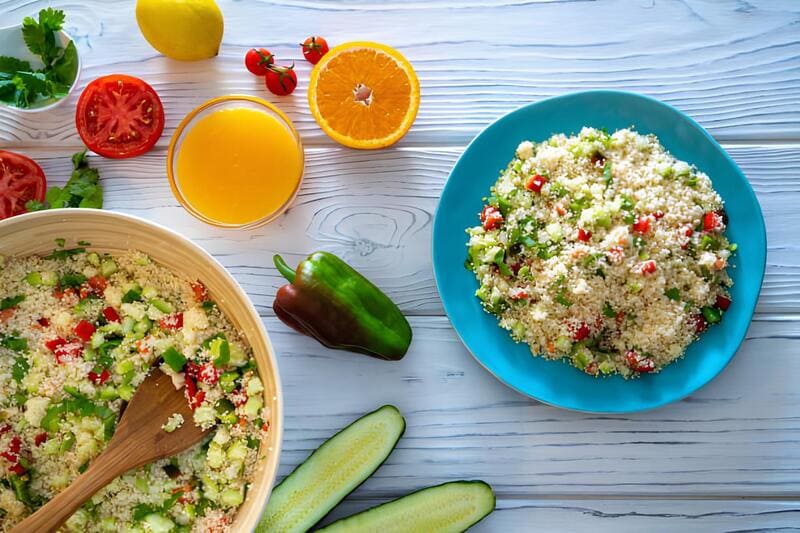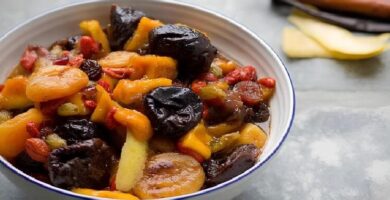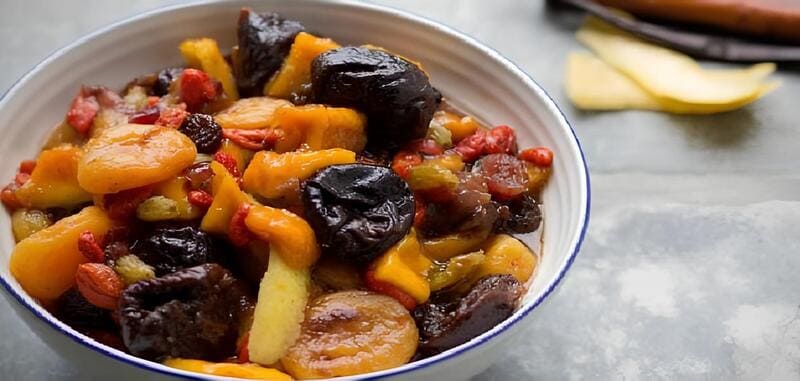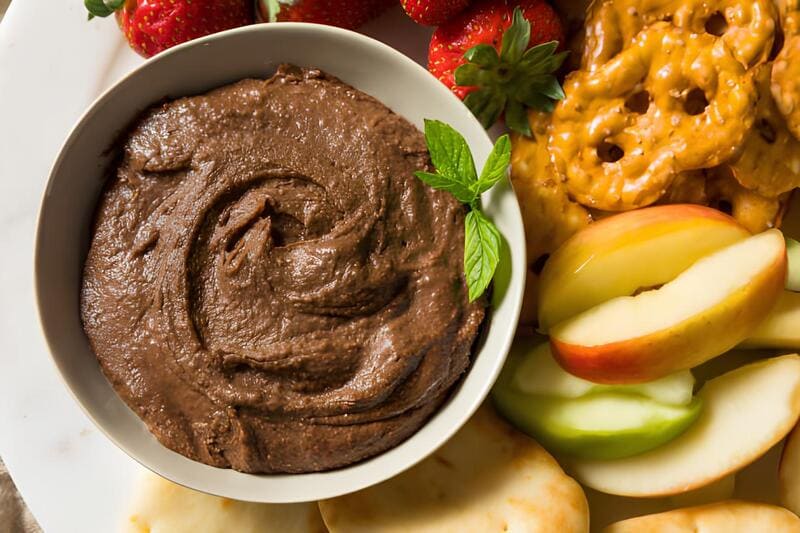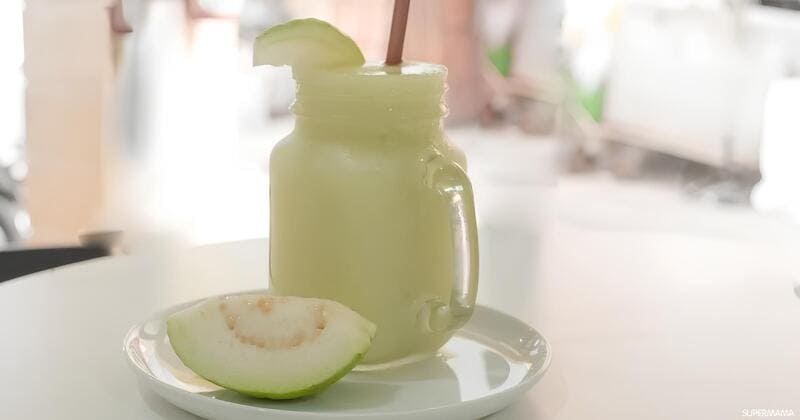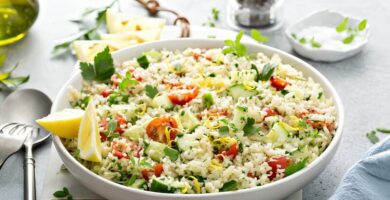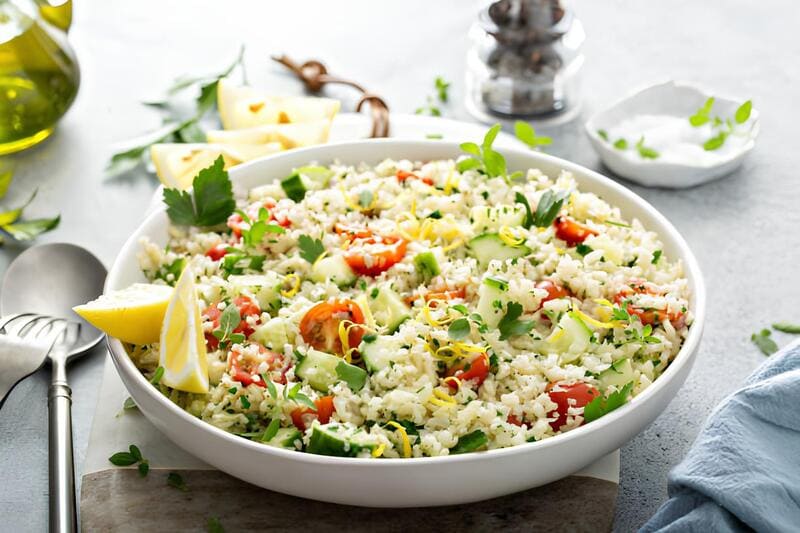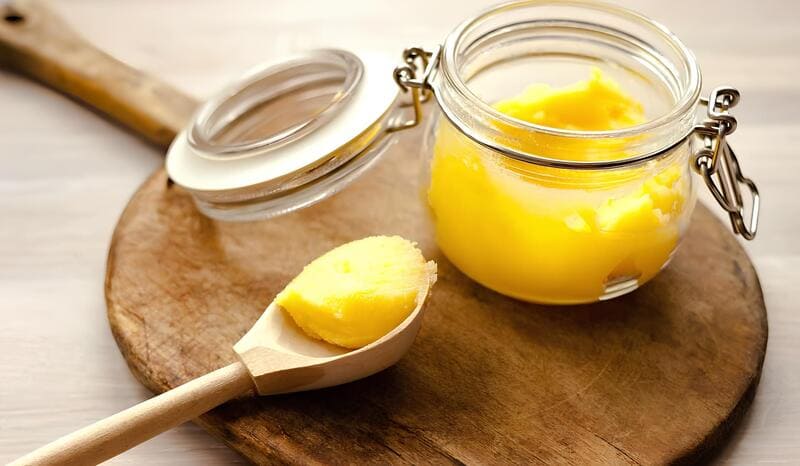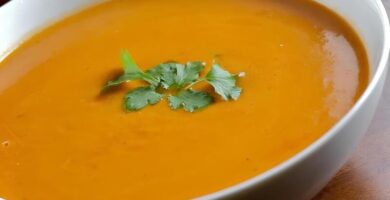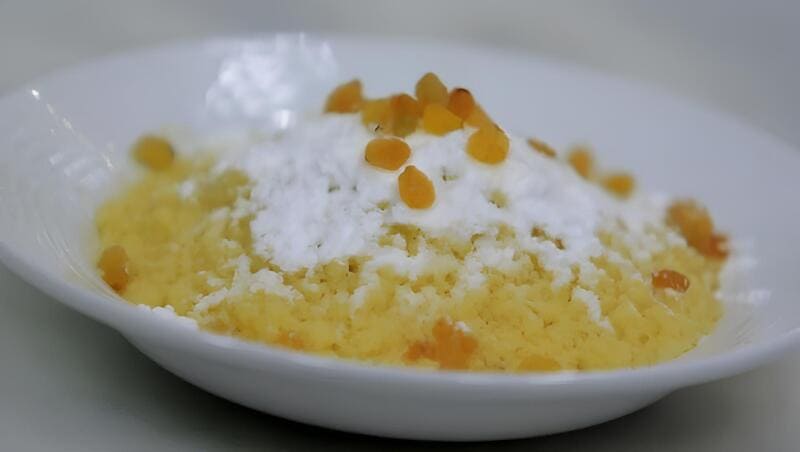
Tunisian couscous is a vibrant and flavorful dish enjoyed across North Africa, particularly in Tunisia. Unlike its Moroccan counterpart, Tunisian couscous boasts a rich, red sauce and is commonly prepared with meat, vegetables, and various spices. This dish is a loved staple, often enjoyed during family gatherings and festive occasions.
The unique preparation method involves using a Couscoussier to steam the couscous, producing a fluffy, aromatic grain mixture. The couscous grains are meticulously prepared with oil and water, ensuring each grain is perfectly cooked. This dish is a wonderful representation of the region’s culinary heritage, combining comforting flavors with a touch of aromatic spice, culinary adaptability, and the unique use of tomato paste.
Ingredients
- 500g couscous (medium or small size)
- 2 tbsp olive oil
- 1 large onion, chopped
- 500g meat with bones (e.g., lamb or beef)
- 3 tbsp tomato paste
- 1 tsp paprika
- 1 tsp turmeric
- Salt and black pepper to taste
- 1.5 liters boiling water
- 2 large potatoes, peeled and chopped
- 2 large carrots, peeled and chopped
- 1 small pumpkin, peeled and chopped
- Fried chili peppers for garnish (optional)
Preparation
- In a large cooking pot or Couscoussier, heat the olive oil over medium heat and sauté the chopped onions.
- Add the meat and cook until browned.
- Stir in the tomato paste, paprika, turmeric, salt, and black pepper. Add a bit of water and mix until combined.
- Pour in the boiling water, letting it simmer on low-medium heat.
- Meanwhile, prepare the couscous by rubbing it with olive oil until fully coated.
- Add one glass of cold water to the couscous, stirring until the water is absorbed.
- Place the couscous in the top part of the Couscoussier, allowing the steam from the boiling meat to cook the couscous.
- After 30 minutes, add another glass of water to the couscous, stir, and return it to steam for another 1.5-2 hours until the meat is tender.
- Add the chopped potatoes, carrots, and pumpkin to the pot, letting them cook until tender.
- Once everything is cooked, remove the couscous and place it on a large serving plate.
- Pour the flavorful red broth over the couscous, letting it absorb the liquid.
- Top with the tender meat and vegetables, garnishing with fried chili peppers if desired.
Did you know?
Tunisian couscous is distinct for its use of tomato paste, which gives it a rich, red color—unlike the typically lighter Moroccan version. The specific method of steaming the couscous grains using a Couscoussier ensures they stay fluffy and light while absorbing the aromatic broth.
Interestingly, Tunisia is the world’s top exporter of canned tuna, often featured in various dishes including salads and borek. Additionally, in traditional Tunisian households, couscous is often accompanied by side dishes such as spicy salad with tuna, which not only complements its robust flavors but also showcases the regional diet’s versatility.
Finally, couscous is not merely a dinner staple; in Egyptian culture, sweet couscous variants are enjoyed as both a dessert and a breakfast, highlighting its culinary adaptability. So next time you enjoy this North African delight, remember the rich history and traditions that have traveled from Egypt to Tunisia, adding flavor to each grain.
